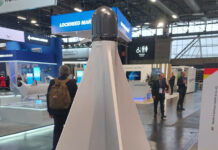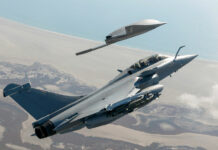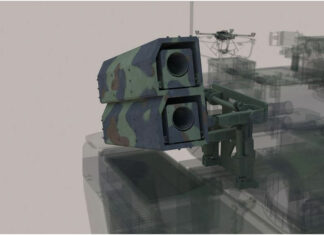

Easy Rescue unveiled their latest innovation in casualty rescue and evacuation, introducing a new method to transfer wounded persons from areas under engagement or where movement or access are challenged by terrain, design (narrow paths), man made or natural obstacles. An operational study of such system conducted by the IDF Home Front Command indicated that such system can contribute to personnel saving by a factor of 5 – 10, compared to evacuation techniques employing only stretchers and gurneys.
The system is operated by two persons, compared to four carrying a single patient on a stretcher.
Furthermore, as the harness’ load is carried on the shoulders, this leaves the carrier’s hands free to assist in movement, treat the patient or use weapons for self defense.
The system developed by Easy Rescue employs a harness carrying a single patient in a seated position. Carried by two persons, the harness is recommended to evacuate people weighing up to 120 kg. The system is packed into a compact pouch weighing only 0.9 kg.



















